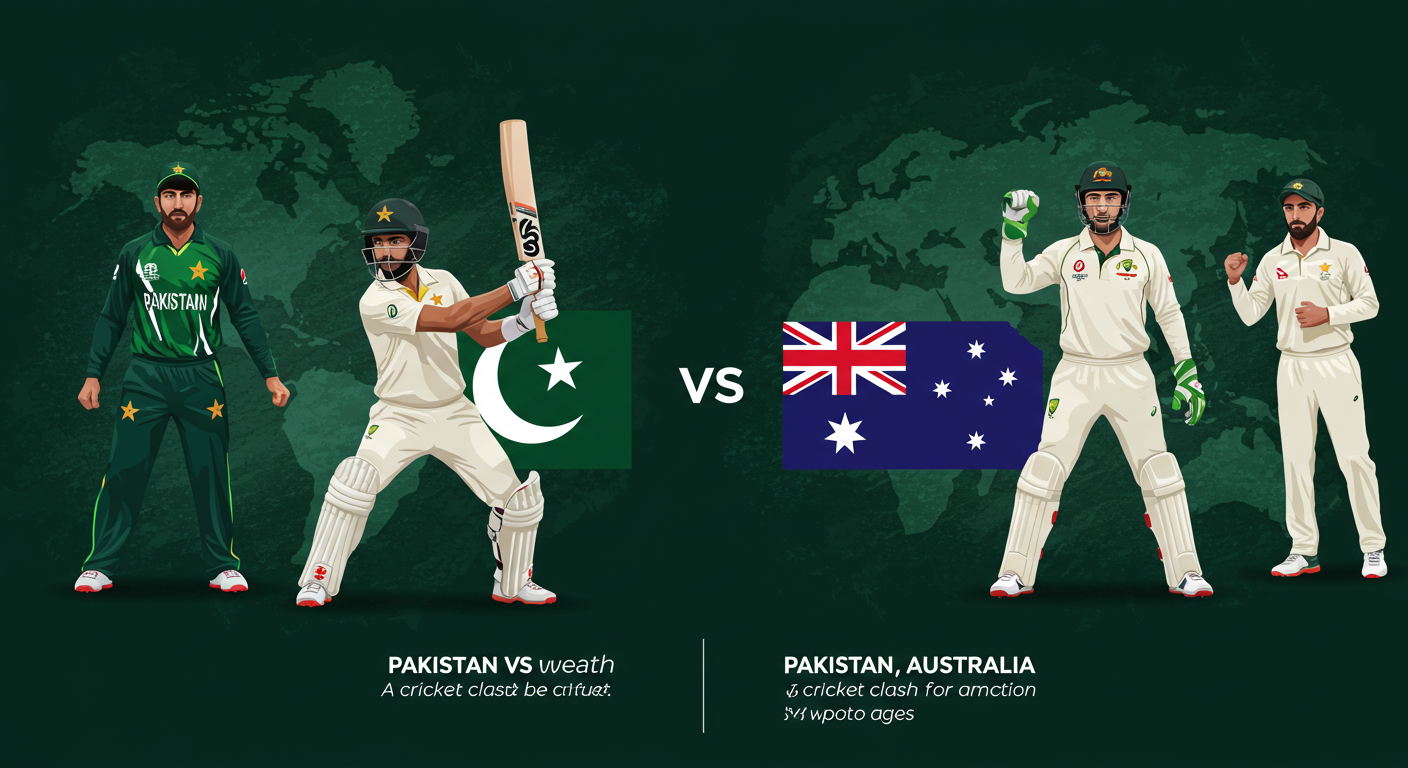Pakistan’s Next Cricket Match in the 2019 World Cup: A Look Back

Pakistan’s Next Cricket Match in the 2019 World Cup: A Look Back
The 2019 Cricket World Cup was a tournament of highs and lows, dramatic victories and heartbreaking defeats. For Pakistan cricket fans, the memories are still vivid. Let’s delve into the specifics of Pakistan’s performances, and more importantly, what their next match would have looked like if they had played in the 2019 World Cup, analyzing the teams, their strategies, and the overall atmosphere.
Disclaimer: This article is a retrospective analysis. The content focuses on the 2019 Cricket World Cup, and potential future matches are purely speculative and are not intended to be a prediction.
A Glimpse into Pakistan’s 2019 World Cup Journey: A Team Overview
Pakistan’s performance in the 2019 Cricket World Cup was marked by a mixture of promise and disappointment. The team showed flashes of brilliance in some matches, but consistency remained an elusive goal. Was this due to internal issues, a lack of strategy, or perhaps simply a tough draw? The following analysis delves deeper.
Pakistan’s squad in 2019 featured some of the most renowned names in the sport. Experienced players like Shoaib Malik, Babar Azam, and others brought years of wisdom and experience to the team, promising high-quality gameplay, and strategic contributions. However, the ability to deliver under pressure in a tournament of this magnitude proved to be a persistent challenge for the team. This ultimately contributed to Pakistan’s struggles in the tournament.
Strategic Analyses of Pakistan’s Matches
Looking back at Pakistan’s matches, we can dissect their strategies to see how these performances unfolded.
The team’s opening partnerships were a crucial element in their overall success in certain matches. Were they successful in their opening strategy? Analyzing their choices during these initial stages of play reveals crucial insight. Other elements of the game, such as the team’s middle-order batting, the bowling attacks, and the fielding tactics can also be carefully assessed.
Pakistan’s matches in the 2019 World Cup showcased a fascinating interplay of tactics and execution. Were there significant moments where strategic decisions fell short? Were the decisions well-suited to the conditions of the match?
Their batting performances were often volatile, with some exhilarating displays punctuated by periods of inconsistency. Analyzing their batting strategy reveals insights into their strengths and weaknesses.
The bowling attack showed flashes of brilliance but struggled with maintaining consistency throughout matches. Understanding their choice of bowlers, their line and lengths, and their overall strategy is key to understanding their performances.
Were there key moments where Pakistan could have adapted to the opponent’s strategy? Analyzing these tactical decisions could offer valuable insights, which could be instrumental for the future.
We can also look at the overall team dynamics. Were there any internal factors that affected their performance?
The Atmosphere and the Crowd
The atmosphere surrounding Pakistan matches during the 2019 World Cup was electric! The energy of the crowd, and the emotional investment they put into their team were truly inspiring. This fervour, both positive and negative, played a role in the players’ performances. Pakistan’s fans were passionate and vocal, driving the team forward or putting pressure on them in challenging moments. Analyzing the fan interactions and feedback might provide some insight into what motivated the team, and how the environment impacted the results.
Key Takeaways and Future Implications
Looking back, the 2019 Cricket World Cup provided Pakistan with valuable lessons. The team’s successes, their failures, and the broader context of their campaign offered insights into their development. Such lessons can contribute significantly towards improving their game in future tournaments.
Assessing the team’s performance against opponents from diverse backgrounds and playing styles provides invaluable insights. Pakistan needs to analyze these matches to formulate strategies that are not only effective but also adaptable to different playing conditions and opponent styles. This kind of in-depth analysis can help Pakistan optimize their performance in future competitions.
The team’s overall performance can be analyzed against the background of previous years’ performance, to ascertain their growth and development. A historical perspective can significantly inform the way forward, and help to identify areas where Pakistan could strategically improve and enhance their chances in future tournaments. Their ability to learn from past experiences and adapt their strategies could be crucial.
The analysis goes beyond specific matches. It helps us to understand the broader context of Pakistan’s performance. This could include the team’s training regimen, player health, and broader team management, and how these relate to their performance. By looking at all these aspects holistically, we can grasp the full picture of Pakistan’s 2019 World Cup performance and understand its potential implications for future games.
Beyond the specific details of the 2019 tournament, the analysis illuminates the importance of player motivation, team cohesion, and meticulous strategy. These factors are crucial to understand for Pakistan’s future success in the Cricket World Cup.
Conclusion
Pakistan’s 2019 World Cup journey, while not culminating in a championship, provided critical insights into their strengths and weaknesses. By examining their performances, strategies, and the overall atmosphere, we gain a deeper understanding of their capabilities. This retrospective analysis of Pakistan’s 2019 World Cup matches allows us to learn from their experiences and potentially predict their future performances in tournaments. The potential for future success rests on their ability to build on past lessons, adapt, and remain focused.